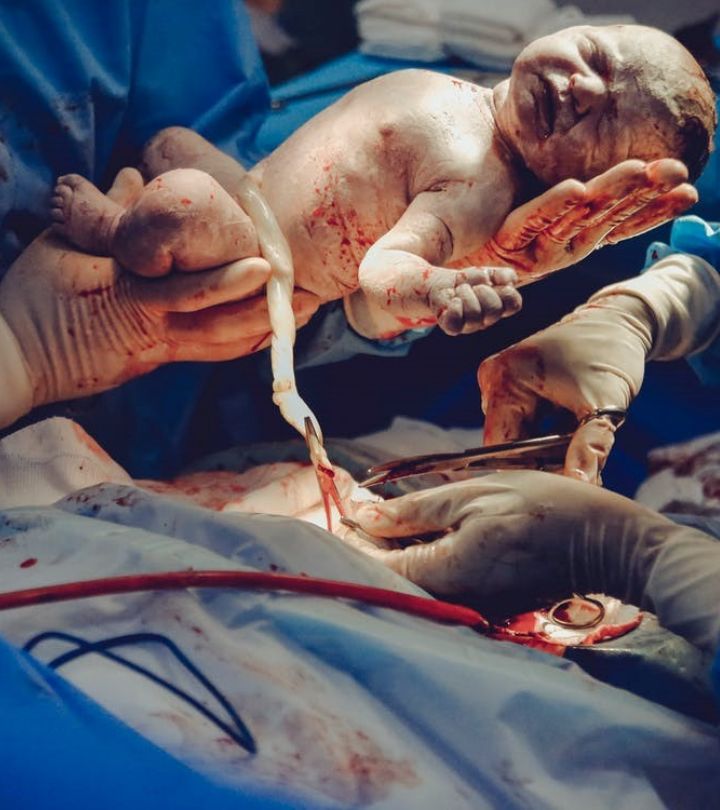The process of giving birth can be intricate and challenging, and the well-being of newborns relies heavily on the care and expertise of healthcare professionals. Unfortunately, medical negligence is a leading cause of birth injuries in the US. These injuries can have life-long consequences for the child, ranging from physical deformities to mental challenges. It’s crucial to raise awareness about these birth injuries caused by medical negligence so that parents can protect their newborns and promote safer childbirth practices. Let’s explore some of the most common birth injuries caused due to medical negligence.
Table of Contents
Brachial Palsy
Brachial palsy is a common birth injury resulting from medical malpractice. It occurs when the nerves responsible for arm and hand movement (brachial plexus) are damaged during birth. This injury can lead to complete paralysis, impacting the child’s ability to live a normal life. It often occurs during complicated deliveries, such as when the baby’s shoulders get stuck in the mother’s pelvic bone. Yanking the shoulder too hard in such situations can cause brachial palsy, making it grounds for a potential lawsuit.
Oxygen Deprivation
Oxygen deprivation during childbirth is a significant cause of brain-related injuries in newborns. It can result from medical negligence, such as inadequate monitoring of the infant’s vital signs during labor and delivery. Oxygen deprivation can lead to brain injuries like cerebral palsy and chronic seizures, impacting the child’s mental health and physical well-being.
Facial Nerve Damages
Excessive pressure on the infant’s face during complicated deliveries, often assisted with tools like vacuums and forceps, can cause facial nerve damages. Facial paralysis may result, causing severe disfigurement and functional issues. While mild cases can resolve with time, severe injuries may have lasting effects.
Cephalohematoma
Cephalohematoma is bleeding beneath the cranial bones and is often a consequence of forceful tool-assisted deliveries. This condition becomes visible as an elevated bump on the baby’s head after birth and can lead to complications like anemia, jaundice, and even meningitis in rare cases.
Collar Bone Fractures
Complex deliveries, including C-sections, can lead to collar bone fractures in newborns when doctors exert excessive force during breech positions. While these fractures are treatable, they still cause pain and require proper medical attention.
Conclusion
Medical negligence is a serious concern in the context of birth injuries, impacting the lives of newborns and their families. Raising awareness about these common birth injuries can empower parents to be vigilant about the care they receive during childbirth. Choosing experienced and reputable healthcare professionals and promoting safer delivery practices can significantly reduce the incidence of birth injuries caused by medical negligence, ensuring a healthier start for newborns.











